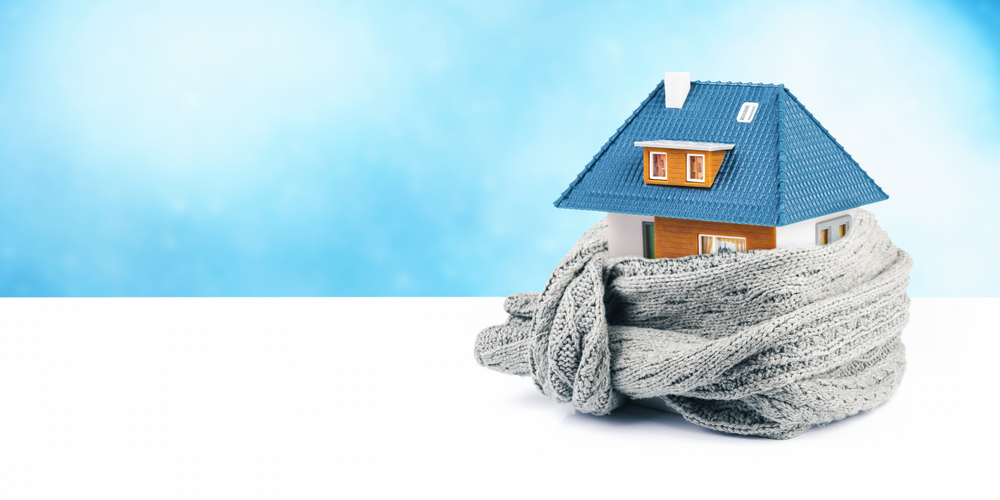15 Dec 2021
Good to know before buying: property valuations will be compulsory from January onwards
Read more

Properly insulating your home is vital to ensure optimal thermal comfort and reduced energy consumption.
In Belgium, new insulation techniques make use of materials such as polyurethane, aerogel, recycled glass, vacuum insulation and used fabrics.
Polyurethane is a synthetic material which is light, malleable and thin and has low thermal conductivity. It’s one of the most widely used insulating materials in Belgium because it is an efficient, hard-wearing and very convenient insulator.
Polyurethane (PUR) insulation boards are very thin and weigh five times less than other insulation materials.
Not only are they easy to transport, they are also easy to install.
What’s more, there’s no longer any need to reinforce your roof structure before installation.
Polyurethane is generally used in insulation boards and foam insulation and is suitable for both interior and exterior insulation.
Polyurethane foam is mainly used in hard-to-reach areas.
Produced by nanotechnology, aerogel is a liquid material which is made up of 99.8% air.
What makes it so unique? It looks like a transparent gel but feels like polystyrene.
In terms of insulation, this material is known for its low thermal conductivity, lightness, flexibility and heat resistance. It can withstand temperatures of over 200°C and can stop all forms of heat transmission (convection, radiation, conduction).
Aerogel is both a good thermal and sound insulator.
Vacuum insulation is renowned for its exceptional thermal conductivity.
Its thermal conductivity index is 8 times lower than that of glass wool. That’s why this material is one of the most effective on the market.
Vacuum insulation boards are made of amorphous silica powder which pressed into sheets, then wrapped in a polyester film and vacuum-packed. They are particularly suitable for interior insulation. In addition to their outstanding technical performance, they are also excellent acoustic insulators.
Thermal insulation made from used fabrics (old clothes or recycled fabric scraps) is increasingly popular nowadays.
This is particularly true of cotton wool, which is both a good thermal and acoustic insulator.
Its main benefit? It is hygro-regulating, flexible and environmentally friendly.
Moreover, it’s an excellent thermal regulator.
That’s because cotton wool regulates humidity and stops thermal bridges while preventing the penetration of cold air in winter and hot air in summer.
Insulation made from recycled glass is also widely used in Belgium, as is cellular glass. It’s made from recycled sand and glass debris, to which components such as iron oxide, sodium sulphate, manganese oxide, feldspar, sodium nitrate and carbon black are added.
Cellular glass insulation is an excellent thermal-acoustic insulator. It’s particularly hard-wearing and airtight; like polyurethane, it’s suitable for both interior and exterior insulation.
If you didn’t know, subsidies can be provided for wall, floor and roof insulation in Belgium.
However, the conditions for these subsidies are different in Brussels and Wallonia.
In Wallonia, these subsidies are known as housing subsidies. Several requirements must be met:
In Brussels, we talk about energy subsidies or, to be more precise, B subsidies (B1 for roof insulation, B2 for walls and B3 for the floor).
These are the key requirements:
It should be noted that the total amount of these subsidies depends on the applicant’s income and they are only valid for buildings to be renovated.